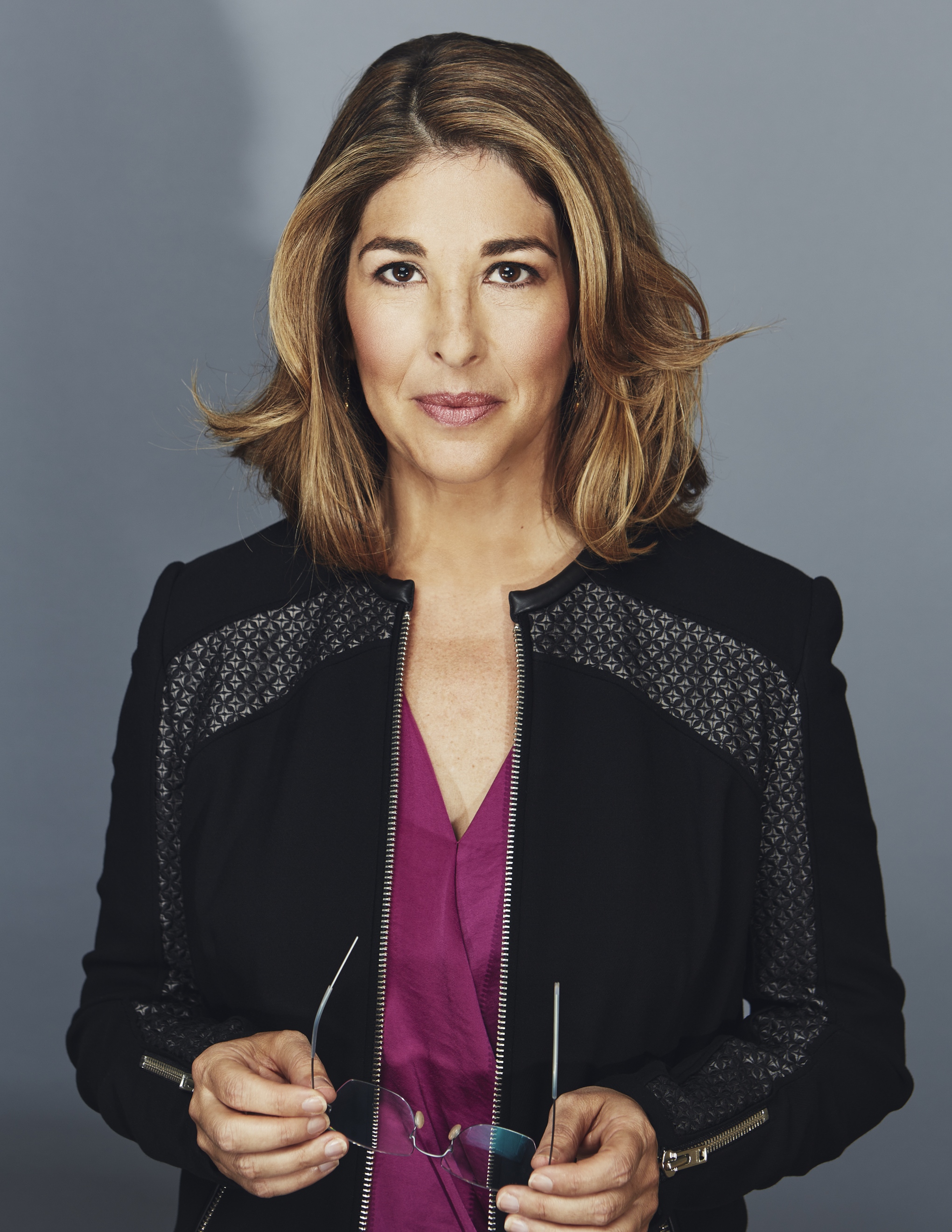“Hey-hey! Ho-ho! Fossil fuels have got to go!”
“What do we want?!? Climate justice. When do we want it? Now!”
“The planet, the planet, the planet’s on fire!”
Those unleashing these guttural chants were among thousands who descended on New York City on Sept. 20 as part of an epic climate change rally three days before the United Nations Climate Action Summit. The march—one of hundreds across the globe that day—marked the largest such protest in history. That it was largely organized by youth activists underscored the gravity of the situation—what scientists say is an existential crisis that isn’t simply knocking on the planet’s door, but is already wreaking untold havoc on the global ecosystem.
Glaciers are melting. Temperatures are rising. Thousands of species are threatened with extinction. Coral reefs are dying. Oceans are warming. And this summer, the arctic was literally on fire.
Amid all the pomp that inevitably comes with mass protests, one young person after the next spoke of a deep-seated fear of what would happen if the calamitous warnings go unheeded. Crystallizing the anxiety rippling through the city’s streets: girls as young as 13 lamenting the impact inaction would have on their future children. With seemingly an eternity until they are old enough to vote, they’re among a chorus of youth vowing to hold adults accountable if they fail to act.
“It’s hard looking at the news and seeing people deny climate change and deny global warming,” said 13-year-old Sunita of New Jersey. “Because we’re children, we are children, we have no vote, we have no voice in this country. And yet, we are able to stand here and we’re able to fight for [the planet].”
“This is our future. This is our children’s future,” added Tamara, a 14-year-old from New York. “Everyone is taking our future away from us. We have the right to live, we have the right to a future.”
Three days before the coordinated protests, famed journalist and intellectual Naomi Klein was met with a rousing ovation inside The Great Hall at The Cooper Union. Sharing the stage with Varshini Prakash, co-founder of the youth-powered Sunrise Movement, Klein led the audience on what amounted to a sobering tour of the global destruction wrought by a warming planet. At the same time, Klein credited youth activists, including 16-year-old Greta Thunberg of Sweden, for inspiring the current movement, comparing the masses to a smoldering inferno powerful enough to cut through divisive rhetoric and promote change.
“There is a third fire, and it is blazing—and it is our fire,” Klein said in her opening remarks. “And we have to feel it. And we have to believe in it. And we have to be ready to fight fire with fire. Because ours is a fire that rejects hatred, that rejects the profitable system that that hatred serves so well. These are the fires of the youth climate strikers spreading around the world. I like what the youth climate strikers in the UK said a few months ago. They said ‘Greta is the spark, but we are the wildfire.’”
Whether this mass mobilization can penetrate the consciousnesses of world leaders and provoke change is unclear. But we’ll know soon enough. At our current pace of warming, experts say, we’re less than a dozen years away until the devastation becomes irreversible.
In other words, time is running out.
1.5°C
The press conference in Incheon, South Korea on Oct. 8, 2018, appeared ordinary enough. Members of the Intergovernmental Panel on Climate Change (IPCC), charged with assessing the science associated with climate change, debriefed a few dozen reporters about the findings from their most recent special report: “Global Warming of 1.5°C.” Unfortunately for the planet and its 7.5 billion human inhabitants, as well as its 8.7 million species, the report lays out in devastating detail the consequences of inaction.
Commissioned by the United Nations, it warns that world leaders have 12 years—now 11—to limit warming to 1.5°C as compared to 2°C, the goal agreed upon by the 195 countries that adopted the 2016 Paris Agreement. Even a half-degree rise would have serious implications for coral reefs, oceans, rising temperatures, and human health.
The planet has already warmed 1°C above pre-industrial levels, according to scientists.
Just as the youth climate strikers refuse to accept human-caused climate catastrophe as a fait accompli, the IPCC report offers a potential pathway, albeit precariously so.
“The good news is that some of the kinds of actions that would be needed to limit global warming to 1.5ºC are already underway around the world, but they would need to accelerate,” said Valerie Masson-Delmotte, co-chair of Working Group I.
According to the report, limiting warming to 1.5°C would likely require unprecedented and earnest action to cut global emissions 45 percent by 2030 and eventually “net zero”—meaning all human-made greenhouse gas emissions—by mid-century.
That the United States officially filed paperwork to pull out of the Paris Agreement complicates matters. Historically speaking, the United States has been the largest greenhouse gas emitter in the world, which environmental activists argue increases the country’s responsibility to act. Abandoning the historic climate accord is only the tip of the iceberg, so to speak. According to a New York Times analysis, the Trump administration has rolled back more than 80 environmental regulations.
Filling the void in the United States are the young activists who are part of a political movement campaigning for the Green New Deal. Once an abstract policy floated in progressive circles, it gained prominence when the framework of a Green New Deal was introduced by New York Rep. Alexandria Ocasio-Cortez and a handful of other Democrats in February.
For many young people, a Green New Deal is more than a piece of possible legislation, it’s a rallying cry.
Soon after Democrats swept to victory in the House of Representatives in 2018, the Sunrise Movement occupied the office of Rep. Nancy Pelosi of California, now the speaker of the House, calling for a Green New Deal.
Ocasio-Cortez, fresh off her election victory, joined the protesters. While she was conciliatory toward Pelosi, who was absent from her office at the time, the then-Representative-elect cheered the demonstration’s participants for applying the necessary pressure.
“I just want to let you all know how proud I am each of every single one of you for putting yourselves and your bodies and everything on the line to make sure that we save our planet, our generation, and our future,” Ocasio-Cortez said. “It’s so incredibly important.”
The IPCC report was issued just three months before the Green New Deal legislation was announced. Both have emerged as key elements of the campaign to tackle the climate crisis.
With the pressure mounting, several youth activists were invited to Congress to air their concerns. Thunberg, perhaps the most high profile among them, didn’t come armed with opening remarks. Instead, she nonchalantly submitted the 2018 IPCC report as her testimony—essentially saying, follow the evidence, or in this case, the science.
“I don’t want you to listen to me,” Thunberg said. “I want you to listen to the scientists. I want you to unite behind the science and I want you to take real action.”
And it appears the experts are digging in there heels. In an article published in the journal Bioscience, more than 11,000 scientists signed a statement declaring “a climate emergency.” The article comes on the 40-year anniversary of the First World Climate Conference, held in Geneva.
“Despite 40 years of global climate negotiations, with few exceptions, we have generally conducted business as usual and have largely failed to address this predicament,” the scientists wrote. “The climate crisis has arrived and is accelerating faster than most scientists expected. It is more severe than anticipated, threatening natural ecosystems and the fate of humanity.”
No More Business As Usual
A protest largely organized on social media finally became a reality. On Sept. 20, millions of young people protested across the globe. From New York City and London to Rio de Janeiro to Stockholm, and all points in between, demonstrators gave voice to a threat they worry will fundamentally alter their futures.
That it was planned for a Friday was no coincidence. Thunberg, the catalyst of this uprising, gained prominence after she began protesting outside the Swedish parliament instead of going to school. At first, it was every day for three weeks in August, and then every Friday.
Thunberg led the strike from New York City, where crowds relished in her presence.
The enthusiastic crowd cheered when she declared that this was the “biggest climate strike in the history of the world.”
Up in Boston, an estimated 7,000 people flooded the streets, the result of grassroots organizing by the local chapter of Sunrise Movement.
Organizer Saya Ameli Hajebi, 17, was deeply moved by the group’s ability to inspire thousands to strike. She sees such democratizing movements through a unique lens. Hajebi, who has lived in Boston for eight years, grew up during the Green Revolution in Iran, where young people were routinely beaten by government forces.
“I find it absolutely amazing, and just so empowering, that we can go straight to the government and ask for these changes,” Hajebi told News Beat podcast.
“When it comes to climate change, we’re the ones who are going to be hit the hardest,” she said. “And it’s our futures on the line more than anything.”
Hajebi echoes the clarion call emanating from groups across the globe: No more business as usual.
There’s evidence that their collective message is resonating. Of the few times the climate crisis has been a topic of Democratic presidential debates, the Green New Deal, much like Medicare For All, has become the litmus test to judge a self-identified “progressive” candidate’s bona fides.
Two of the leading contenders for the Democratic nomination, Sens. Elizabeth Warren and Bernie Sanders, are ardent supporters of the Green New Deal, though Sanders’ plan is considered the most ambitious.
Unfortunately for climate activists, the crisis has been put on the backburner, as debate moderators prefer to highlight distinctions between the candidates politically. Despite Democratic candidates characterizing climate change as an “existential threat” and voters themselves expressing alarm over the issue, the Democratic National Committee has rejected any third-party debates involving climate change.
Absent any clear plan from policymakers to avert a climate crisis, activists are encouraging people to sustain the progress the movement has created, either through protest or supporting like-minded political candidates.
As she neared the end of her speech in New York City, Thunberg, despite the foreboding predictions, sounded very much the optimist. Her whirlwind journey to the United States, via an emission-free sailboat, had led to this moment—a 16-year-old rallying her peers while unequivocally putting the powerful on notice.
“We will rise to the challenge. We will hold those most responsible for this crisis accountable. And we will make the world leaders act,” Thunberg told the crowd in New York City. “We can, and we will. And if you belong to that small group of people who feel threatened by us then we have some very bad news for you. Because this is only the beginning. Change is coming whether they like it or not.”
Thunberg has already proven true to her word. The teen has set sail yet again, this time for the upcoming United Nations Climate Conference in Madrid.
If her past speeches are any indication, she’ll have a simple request: Follow the science.








